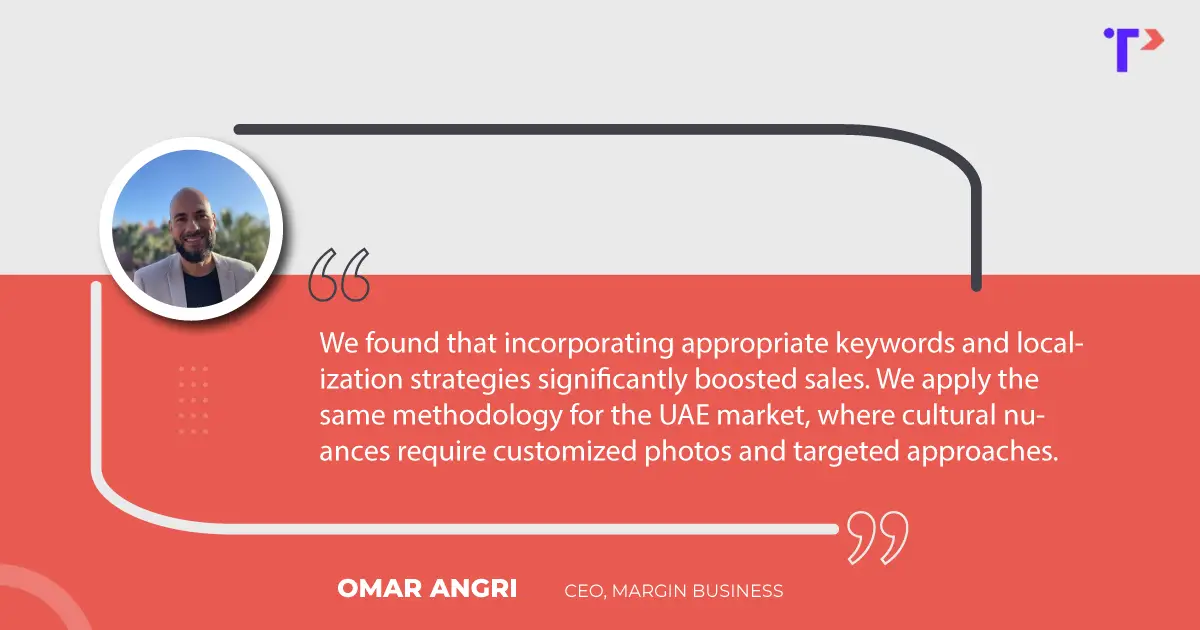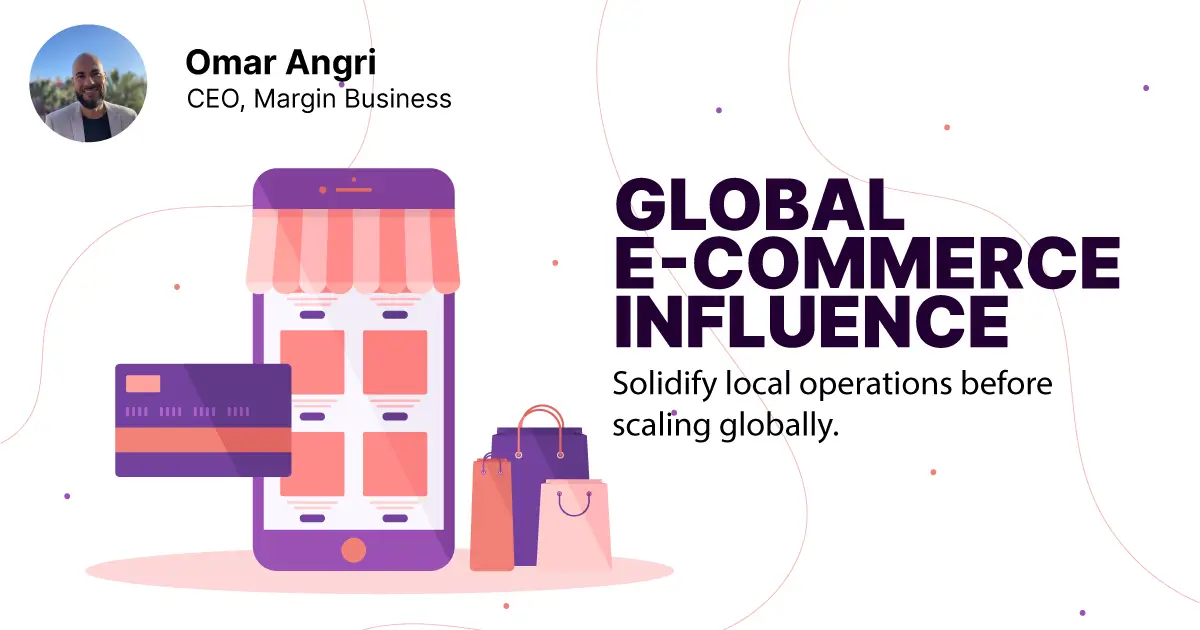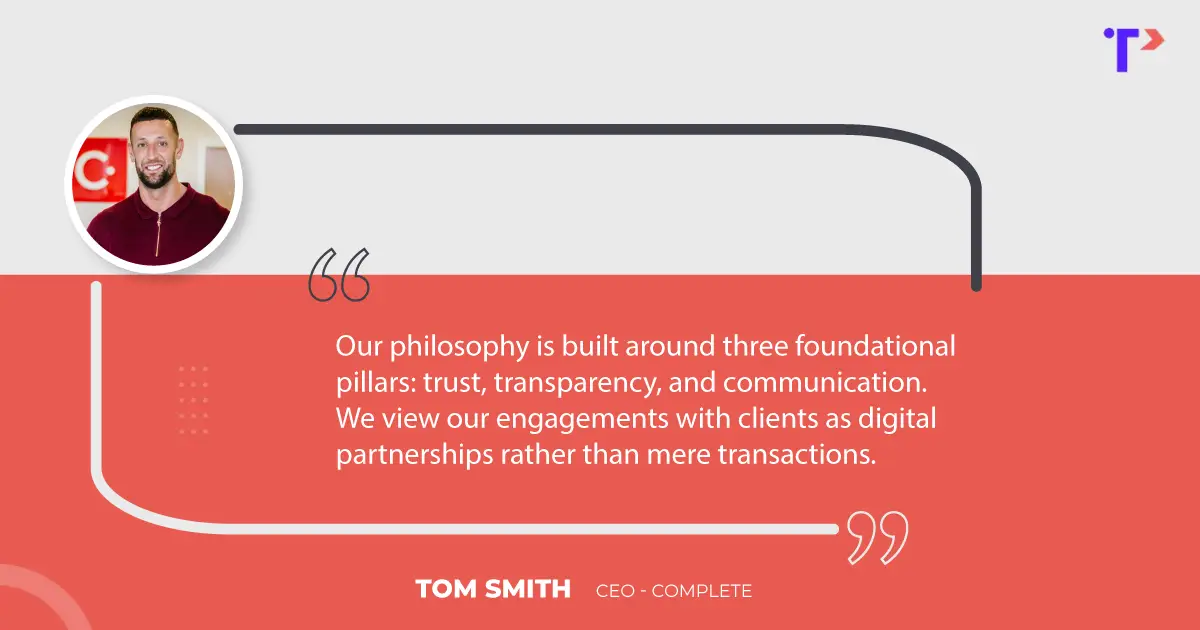Beyond the tangible aspects of products and services lies a crucial element that shapes customer satisfaction – Customer Perceived Value (CPV). It’s not merely about the price tag but about the holistic value that a brand offers, transcending transactions to create meaningful relationships.
CPV extends beyond the monetary realm, encapsulating the perceived quality of a product or service. It’s about the emotional connection that a brand fosters, ensuring that it becomes more than just a commodity but an integral part of a customer’s lifestyle.
When making a purchase, a customer values a product’s benefit higher than its function. For example, a customer doesn’t buy a movie ticket to just watch the movie. He buys a ticket to get entertained. From most SaaS companies, people do not merely buy software, but rather solutions. How customers weigh a given solution may not depend entirely on how well the solution fits their needs. In fact, there are many factors at play in determining how a customer perceives a product’s value.
The equation for CPV (customer perceived value) is CPC (customer perceived cost) =CPB (customer perceived benefit). The cost for a consumer could be of multiple dimensions physic costs, physical cost, financial cost and benefits for that matter could be image benefits, esteem benefits, functional benefits and monetary benefits. Brands have to drive positive consumer perceived value for their consumers by ensuring that the benefits are higher than the costs at any point of value delivery.
For businesses, understanding and enhancing Customer Perceived Value is not just a strategy; it’s the gateway to fostering brand loyalty and enduring customer relationships. It’s about creating a value proposition that resonates beyond the transactional, embedding the brand into the fabric of the customer’s life.






